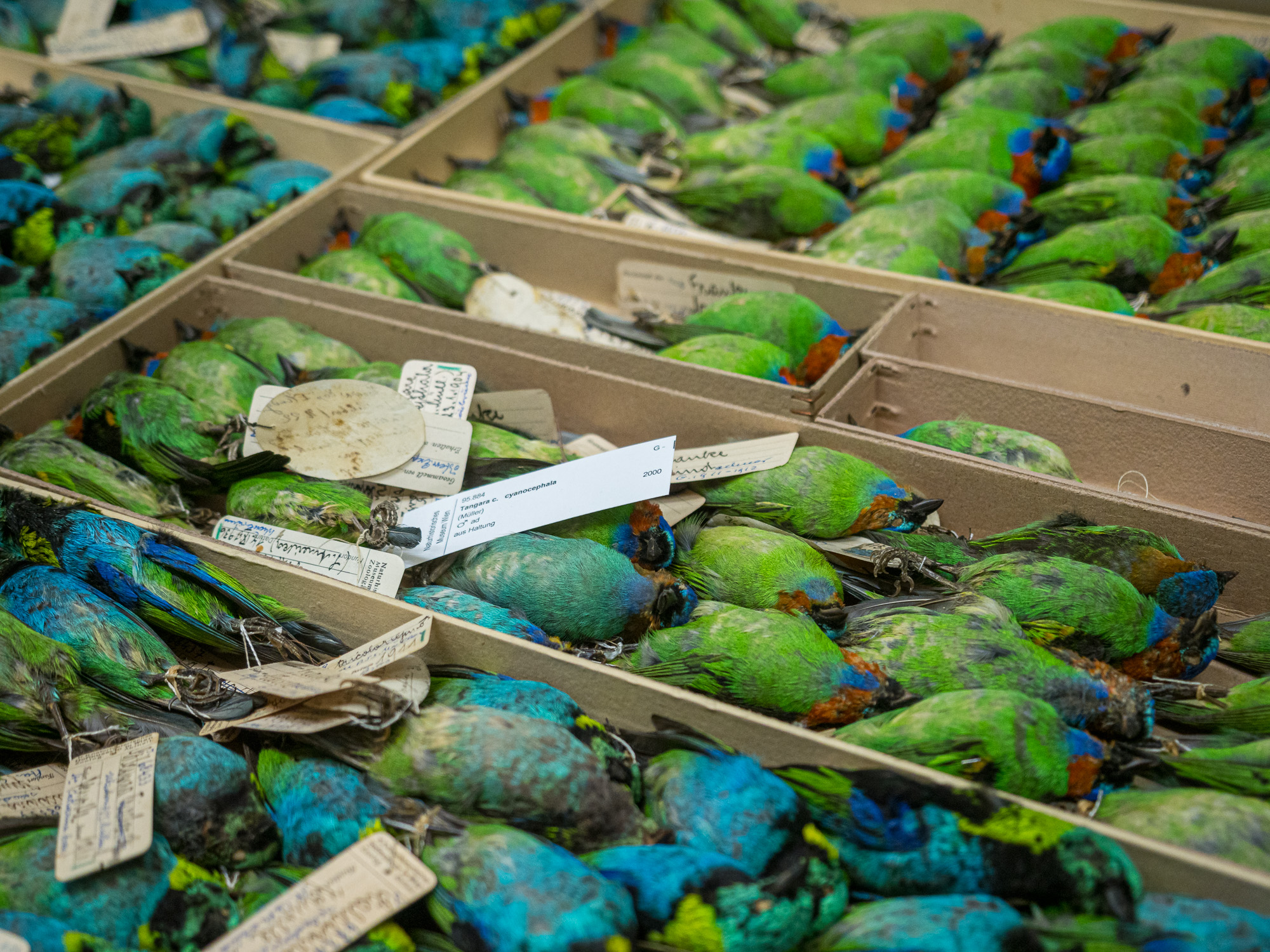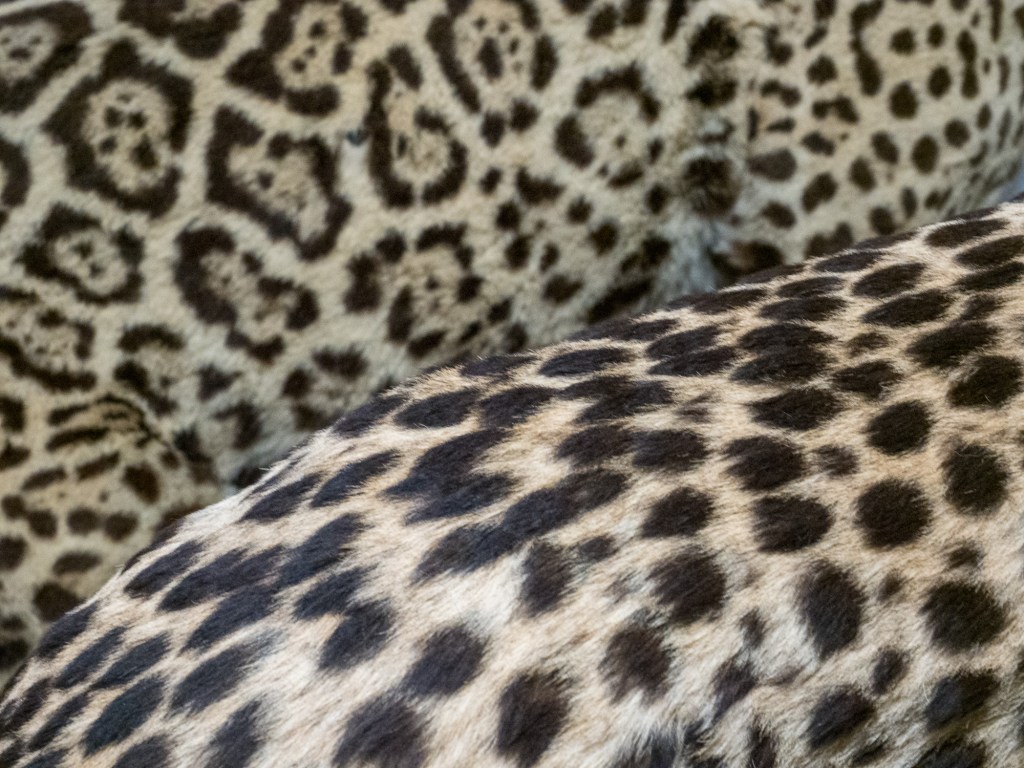It is quite special to get a behind-the-scenes view at a museum. Now in Vienna, one can do so from the comfort of one´s cinema chair: Archiv der Zukunft is a new film by Joerg Burger that offers insights into the collections and work of Vienna´s Natural History Museum, the NHM Wien. Last week I got a special behind the scenes tour there with my Igersaustria photo community, which was quite fascinating. We also watched the film, which was great right after having been to some of the locations shown in it.

The Natural History Museum Vienna: A Hub of Research
The Natural History Museum Vienna (NHM) isn’t just a place of fascination and learning, but also a hub of scientific research. With over 30 million objects spanning zoology, botany, geology, mineralogy, and paleontology, the museum houses one of the world’s most significant collections in the natural sciences.
Research at the NHM Vienna covers a wide spectrum of topics, ranging from biodiversity and evolutionary biology to climate research and paleoanthropology. The museum’s scientists employ cutting-edge methods to explore the secrets of nature, making their findings accessible to the public. I was privileged to visit the departments of paleontology and of ornithology and get an introduction to these scientists’ work first-hand.


Research at the NHM Vienna contributes to a deeper understanding of nature and its complex processes. One never knows what the results of basic research might be good for, but the insights gained can, for example, help us tackle future challenges such as climate change and biodiversity loss.

One astonishing fact is that the museum´s collection in storage rooms and cupboards is much larger than what is on display for visitors, and that many items have not even been properly entered into a database yet – so research also involves a lot of footwork. Although the scientists and other staff, including many volunteers, keep working on classification and proper archiving, the needs are so great – and constantly growing – that it seems like a Sysiphos task. A lack of adequate funding for science is also a big issue.

Did you know that there were once mammoths roaming Vienna? I find that thought fascinating. In the paleontology department, scientists work on the largest bones and on the smallest as well. Bone pieces can yield a lot of information, but it is incredibly detailed work that needs special expertise.

We got to walk through the basement and were rather impressed by what we found: uncountable objects “waiting” for a chance to be shown or needed for research. These objects are not accessible to the public but play a crucial role in scientific research. I was astonished by the sheer number of prepared animal bodies that are sitting, or standing as the case may be, in basement rooms. Their life-like gaze went straight into my heart.




The museum on film
The documentary “Archive of the Future,” directed by Jörg Burger, takes us into the fascinating world of the Natural History Museum Vienna. Beyond the familiar display cases, the film offers an exclusive glimpse into the “invisible” work of the museum and showcases the diverse tasks of its staff.

The documentary reveals, in a charming interview format with beautiful photography, the passion and dedication of the museum staff and volunteers. We witness preparators meticulously creating animal specimens for exhibitions, which can sometimes be quite adventurous. We experience the restoration of valuable objects and learn about the painstaking work of the curators responsible for the scholarly exploration of the collections. We also get to hear the stories of long-term volunteers, whose work in helping with the collection is invaluable.
The film Archiv der Zukunft is currently on view at cinemas in Vienna. Fascinating insights!

PHOTOS © KARIN SVADLENAK-GOMEZ

I have to admit to being overcome by a sense of dread and sadness when seeing all those dead birds lined up next to one another in box after box. The thought of all those boxes in countless museums is quite sickening. Humans used to live as if there were no tomorrow, and now all creatures are paying the price.
LikeLike
I felt the same way, Tanja. I know it is for research, but the way they got there is often less than pretty. Nowadays of course they do not shoot them anymore for the museums, but still, a lot of that is going on. I saw some boxes of birds brought in by people who have found them though, and that is of value too, because they can find out what happened through DNA analysis, or pathological exams, for example. But yes, humans still live as if there were no tomorrow.
LikeLiked by 1 person
I understand they needed the bodies to learn about new species, but did every ornithologist need dozens or hundreds of the same bird? Definitely not. So much waste…
LikeLike